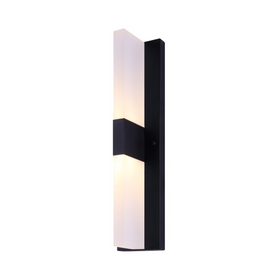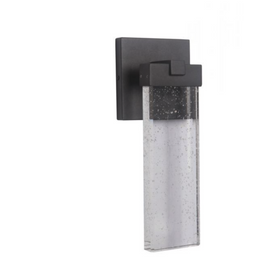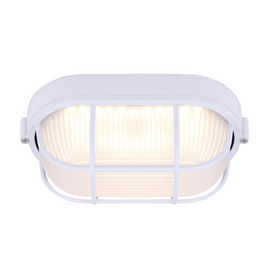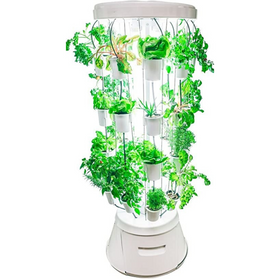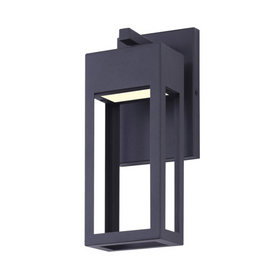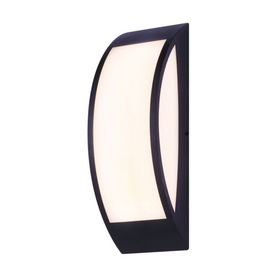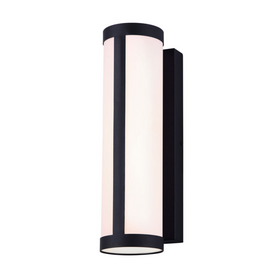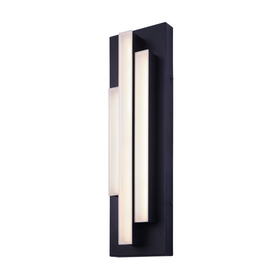
A Homeowner’s Journey to Bringing a Prairie Garden Home
Last Updated: Mar 29, 2025In the mid-1990s across the U.S.’s Midwest and Canada’s middle territories, a growing awareness of North America’s prairie heritage took hold. Suburban sprawl and rural agribusiness were rapidly contributing to a significant loss of native habitat that for centuries has hosted an astounding diversity of animal, insect, and plant life; a loss of habitat that began more than 150 years ago with colonization and farming by European pioneers.
More than a million square miles—beginning in central Canada and ending near the Mexican border while stretching from the Rockies to Indiana—was home to the Great North American Prairie. In the wetter eastern areas, tallgrass prairie flourished. Shortgrass prairie dominated the dry west. Mixed-grass prairie grew in the middle. This vast and varied ecosystem was arguably our largest tract of unbroken wilderness when the first European settlers arrived in the mid-1800s.
The prairies supported an extremely complicated web of life. Eighty percent of the foliage was made up of grasses, from 40 to 60 different species. The other 20 percent could include more than 300 species of forbs or flowers. The prairie also had more than 100 species of lichens and liverworts and numerous species of woody trees and shrubs along creeks and protected areas.
Prairie landscapes varied in soil types and depth, moisture, and slope, creating different micro-ecosystems for specific plant communities. The climate included extreme heat and drought in August to bitter cold winters locked in ice and frigid winds. Grazing by bison, elk, and antelope, and fire from lightning storms, all contributed to an ecosystem that thrived on extremes.
Still, what the pioneers saw was “inexhaustible emptiness, a daunting wasteland to which they could bring the familiar—farms, towns, cities, wheat, apples, cabbages, cattle, hogs, chickens, capital investment, import-export relations with the cities further east, and speculation,” wrote Jane Smiley in Sierra. “[A]ll the immigrants had to do to realize life just like the one they were leaving…was to clear away to the native vegetation and bring in the plow.” What the settlers began, agribusiness was finishing.
So who wouldn’t want to do what they could to restore a bit of native prairie? Over time, as awareness of the loss grew, urban and suburban homeowners began to transform their yards, from garden plots to larger swaths, into prairie gardens. The lure was not only a low-maintenance garden, as numerous sources cited the advantages of native plants that take care of themselves with minimal water, zero fertilizer, and little care, but also a garden that attracted and sustained pollinators like bees, butterflies, and birds. A bit of maintenance, a burning now and then.
For my story: in my longing to bring back our natural history, the first thing I did after purchasing my home in St. Paul was turning my front slope into a prairie garden. As it turned out, keeping a prairie garden wasn’t as easy as advertised. Still, after some frustration that inspired a few changes, I wouldn’t have my front yard any other way.
Table of Contents
- What is a Prairie Garden?
- Sustainable Choice, High Maintenance
- Turning Prairie into a Garden
What is a Prairie Garden?
A prairie garden is a garden plot or area of one's yard or property planted with native prairie flowers, grasses, and shrubs -the plants indigenous to the native prairie ecosystem of North America. Prairie plants are perennials, meaning they come back year after year. Because the roots of prairie flowers, grasses, and shrubs grow to such depths, the plants evolved deep and intricate root systems to survive fire and seek water deep underground. So, the plants need little irrigation, zero insecticides, and no fertilizer. Those roots can extend further in length underground than the plant is tall. In a prairie garden, plant ecology and garden design can come together beautifully, creating a "wild" or "intentional" garden with blooms from spring through fall. Not every prairie plant is a good candidate for an urban garden. Some may not be showy enough; others, like goldenrod, can easily be confused with weeds. Plants must also be selected to thrive on a site given its soil type, the amount of moisture (i.e., wetland versus dry hilltop), and sun and shade.
Sustainable Choice, High Maintenance
Our editor, Melissa Rappaport Schifman, in her book Building a Sustainable Home, writes about her excitement at having a native prairie in her yard. “A native prairie is a very sustainable choice compared to lawns,” she writes. “It requires no irrigation (saving water), no mowing (reducing air and noise pollution), and is a return to how the land used to be—its natural state. On top of that, we would not need to fertilize the area, reducing any run-off of chemicals into our lakes and rivers.”
Schifman also soon discovered, after her “native prairie” was planted, that it was far from low maintenance. She spent too much time weeding out non-native and invasive plants. The garden’s appearance was too weedy-looking for a small urban space; in fact, the City of Minneapolis issued her a citation for violating an ordinance for having grass more than eight inches tall. She ended up transforming it into more of an urban meadow, with long-blooming native and adaptive perennial plants—and no grasses.
She concluded, advising readers to “not try to replicate a native prairie unless you have a lot of land for it… and a lot of time on your hands to not only be able to distinguish between native grasses and invasive weeds but also to pull out the latter.” Or perhaps hire a native plant gardener to do it for you. Homeowners with suburban plots, or neighborhoods with swaths of the restored prairie like the one next to our community garden, or located in the city or regional or state parks, often hire prairie restoration companies to do weeding and conduct periodic prescribed burns—as fire is a natural part of the prairie ecosystem and helps take care of weeds and spurs the growth of prairie grasses and flowers.

I waited to see what plants would return, given the disruption and the more condensed space. My indigo and cup plant looked spectacular in their limestone niches, with the prairie smoke blooming below. My leadplant had hung on. My gentians returned. I still needed to weed. At the end of the summer, I had that maple, which had been suffering for years, taken down.
Camille LeFevre
Camille LeFevre is an architecture and design writer based in the Twin Cities.





